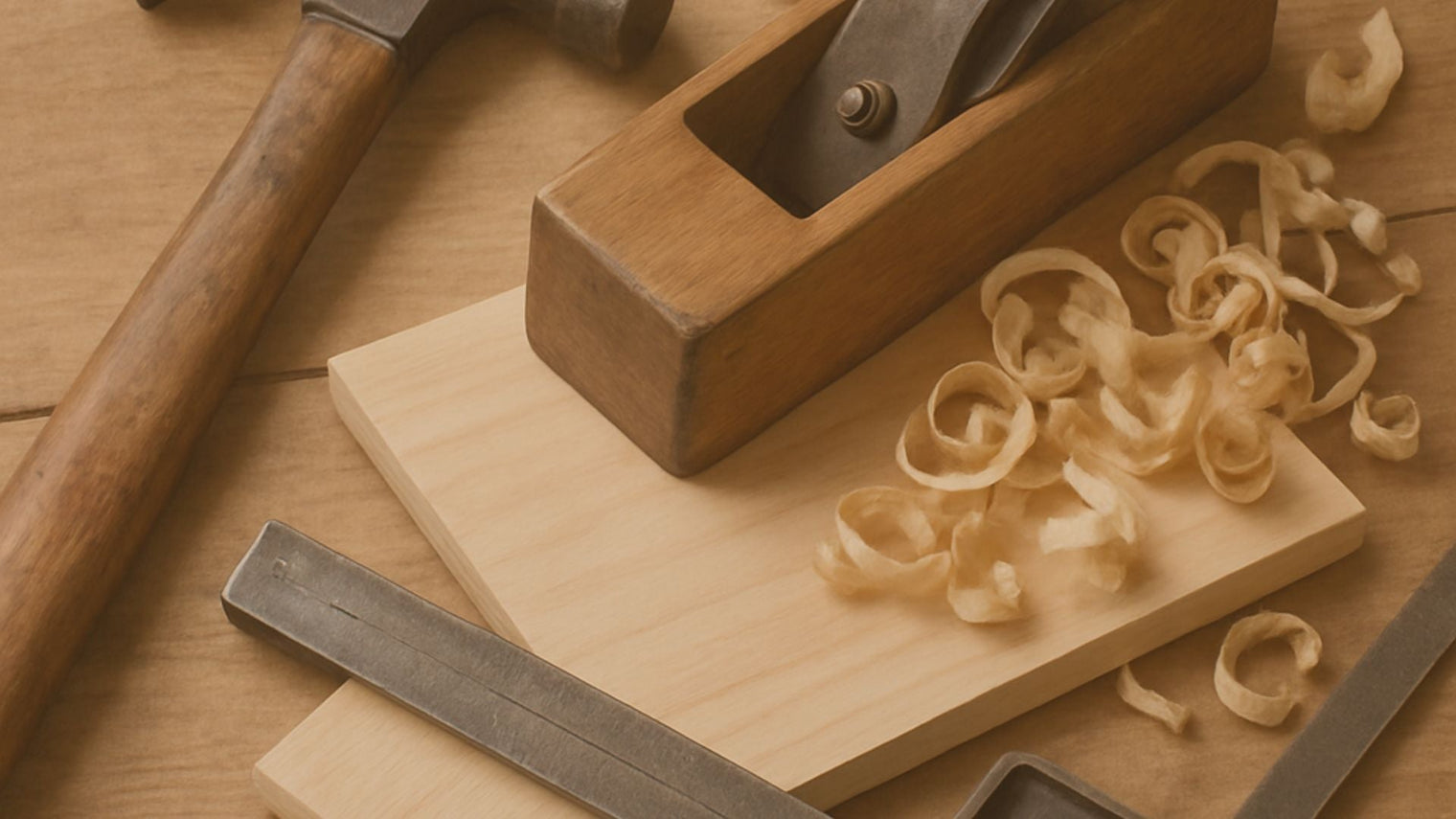Every parent knows how quickly a child’s room can turn into a sea of scattered toys and books.
Keeping things organized while maintaining a fun and inspiring environment can feel like a never-ending challenge.
That’s where a children’s bookcase with a hidden compartment for toys comes in—a smart and creative way to store books up top and secretly tuck toys away below.
At Dannico Woodworks, we’re passionate about designing children’s furniture that encourages independence, creativity, and organization.
This DIY project combines function, fun, and safety—just the kind of design philosophy we live by.
If you enjoy hands-on projects and want to create something special for your child’s room, this guide walks you through building a custom bookcase with a hidden compartment—a perfect blend of play and practicality.
Before you start, gather these materials:
- Plywood or solid wood (for durability)
- Wood screws
- Wood glue
- Sandpaper (medium and fine grit)
- Non-toxic paint or wood finish
- Hinges (for the hidden compartment)
- Safety latch (to secure the compartment)
 Tools Required
Tools Required
- Circular saw or hand saw
- Drill
- Screwdriver
- Measuring tape
- Paintbrush or roller
- Safety goggles and gloves
Designing Your Bookcase
The first step in building your bookcase is designing it to fit your space and meet your child's needs. Consider the height and width based on your child’s reach and the available space in the room.
Dimension Considerations
- Height: A height of 3 to 4 feet is ideal for young children, allowing them to reach books and toys on their own.
- Width: Approximately 2 to 3 feet wide, depending on your available space.
- Depth: 1 foot should suffice for standard-sized books and toys.
Building the Main Structure
Cutting the Wood
Using your circular saw, cut the plywood or wood to the desired dimensions for the bookcase sides, shelves, and back panel.
Assembling the Frame
- Attach the Back Panel: Secure the back panel to the sides using wood screws. Ensure that everything is square.
- Install the Shelves: Measure and mark the locations for the shelves, then drill pilot holes before screwing the shelves into place.
- Secure the Top and Bottom: Attach the top and bottom panels to complete the frame.
 Sanding and Finishing
Sanding and Finishing
Once assembled, sand all surfaces thoroughly to ensure there are no sharp edges or splinters. Finish with non-toxic paint or wood finish to protect the wood and add a splash of color to your child’s room.
Creating the Hidden Compartment
The hidden compartment is the true highlight of this project. It adds a sense of wonder and provides extra storage.
Compartment Planning
Decide where the compartment will be located. It could be a false bottom on the lowest shelf or a hidden side panel.
Building the Compartment
- Frame the Compartment: Use wood to create a frame that fits snugly within the chosen shelf or panel area.
- Attach Hinges: Secure hinges to the frame, ensuring smooth operation.
- Install Safety Latch: Add a latch to keep the compartment closed. Make sure it’s easy for your child to operate but secure enough to keep toys hidden away.
Final Touches
Ensuring Safety
Safety is paramount. Check for any loose screws or sharp edges. The bookcase should be sturdy and stable. Consider anchoring it to the wall to prevent tipping.
Personalizing the Bookcase
Encourage your child to add their personal touch. Whether it’s with favorite stickers, drawings, or selecting the paint color, this involvement will make the bookcase even more special.
Encouraging Independence Through Design
A bookcase at a child-friendly height empowers kids to choose their own books and toys, fostering independence.
The hidden compartment not only offers additional storage but also encourages organizational skills as children decide which toys will reside in this secret spot.
How Dannico Woodworks Can Help
If you love this idea but don’t have time to build it yourself, you can always explore our Montessori-inspired furniture collection.
Each piece is handcrafted to encourage independence and creativity while keeping your home beautifully organized.
From open-shelf designs to storage solutions that blend seamlessly into your décor, our products are made from high-quality, eco-friendly materials built to last through years of play and growth.
Visit Dannico Woodworks to explore our range of thoughtfully designed children’s furniture.
FAQs
Is it safe to include a hidden compartment in a child’s bookcase?
Yes—just make sure the hinges are soft-close and that the lid can’t slam shut. Always test it a few times before allowing your child to use it.
What type of paint should I use?
Use non-toxic, water-based paint or sealant certified for children’s furniture. It’s safer for your child and better for indoor air quality.
Can I use MDF instead of plywood?
Plywood is recommended because it’s stronger and more durable. MDF tends to sag under heavy loads, especially with books.
How can I make it more personalized?
You can engrave your child’s name, use custom colors, or paint their favorite characters inside the hidden compartment.
Conclusion
Building a children’s bookcase with a hidden compartment is more than a weekend project—it’s a creative way to bring order, fun, and independence into your child’s world.
It shows them that organization can be exciting, and every book or toy has a special place to call home.
If you’d rather skip the tools and start enjoying beautifully designed, safe furniture right away, take a look at our handcrafted Montessori Bookcase Collection.
Would your child love discovering a secret toy compartment every day?

